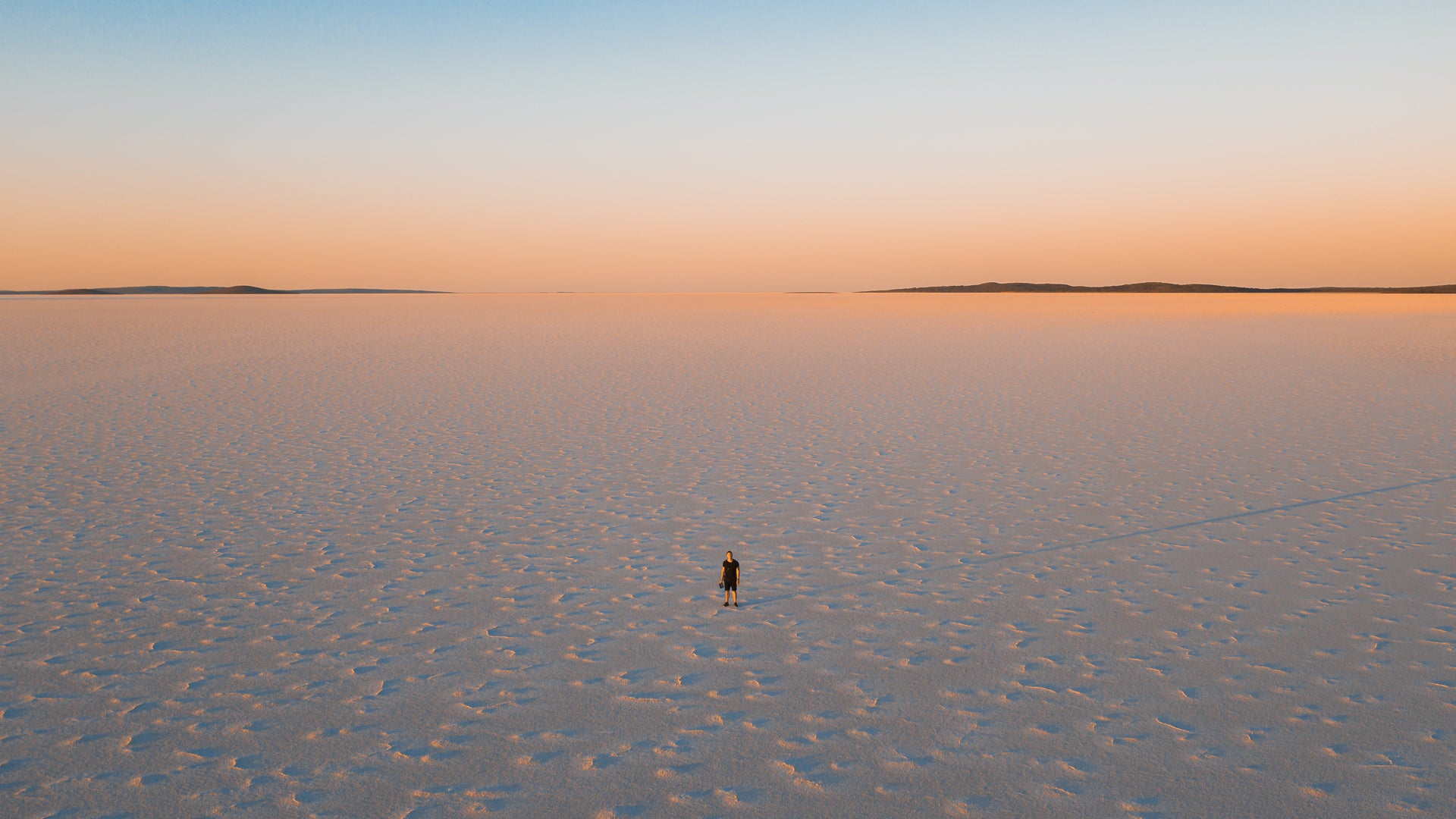Feeling inspired, being creative, getting motivated. These things always used to feel somewhat ephemeral to me to some degree.
There are some days where you wake up, and you’ve just got it, you’re raring to go. Other days, perhaps too often, even the idea of getting out of bed is too hard.
Inspiration and creativity can feel random; they can strike whenever and wherever, usually in the shower. But what if we could stay inspired all the time? What if we could always be in the mood to create, whenever we wanted to?
Over the past decade of working in creative fields and having to be inspired and creative “on-demand”, I’ve had to think a lot about how to make inspiration a little less random and a little more deliberate, so that I can get the job done and continue making great things.
And over these years I’ve learnt a few lessons about how to stay inspired more often, and I wanted to share these personal lessons with you.
How inspiration and creativity work
The first lesson is about having a perspective on how inspiration and creativity work because the two are very much interconnected, even though they’re different.
Creativity works by connecting ideas together. Sometimes, these ideas are new, created by something we’ve never seen before, or an avenue we’ve never thought down before. But sometimes they’re old, and already existing in our brains.
Creativity is the connection of ideas. Inspiration is what happens when these ideas are emotionally charged; when the thing you’ve just come up with seems so cool and so obvious that you just want to do it straight away. Creative thought + strong emotion = creative compulsion.
This is what inspiration is. Inspiration is merely feeling compelled to create the idea you’ve just had.
Having this perspective on how it works is helpful because once you know that it’s just a game of creating and connecting ideas, you can start to hack how creative you are and how inspired you feel every day.
The professional vs the amateur
The next lesson I’ve learnt is about mindset.
In Steven Pressfield’s book, The War of Art, which is a book I recommend every creative to read, he talks a lot about the idea of the “professional creative” vs the “amateur creative”. The professional creative has a job to do. There’s a mindset shift in how a professional goes about thinking about that job and how to approach it objectively and systematically, as opposed to the amateur approaching it haphazardly and just taking it as it comes.
This idea applies to any creative field, regardless of whether its just your hobby or your full-time career.
And we can apply this to inspiration also. Inspiration can be a craft. You can systemise how often you make creative connections, and increase the amount of time you feel inspired to do things simply by scheduling in time to do it and showing up.
If we schedule in a regular time; every day, a few times a week, whatever it is, and we show up, even if we don’t feel like it, just like a professional, we can start to create more opportunities for inspiration deliberately. It’ll begin to strike less randomly, and more predictably. We’ll essentially know how to “turn it on” so to speak after doing it for so long, and we can start to become less susceptible to the ebbs and flows and randomness of whether we feel like it or not.
For me, one of the ways I do this is in my morning routine. I run a shortcut that opens up a dozen or so different webpages. Half of these catch me up very quickly on what happened in all areas of my life that are important to me and all the news that went on in the world. The other half are sites that cover a few different disciplines of things I’m interested in, and I’ll flick through these sites every morning so that my subconscious mind has new input every day to draw from.
In this way, I’m constantly feeding my mind new ideas from all sorts of different sources every single day, and that gives more opportunity for inspiration to come more reliably.
Control your input
The next lesson is around the things you consume.
Whether you realise it or not, you’re influenced by everything you subject yourself to. Every tv show you watch, every game you play, your environment, your friends, your family, everything.
Because of that, we’ve got to be careful with what we allow ourselves to consume, who we decide to hang out with, where we choose to live, the position we choose to put ourselves in.
But specifically, when it comes to consuming things, I’m a firm believer in quality input equals quality output. The quality of the things you consume determines the quality of the things you put out into the world.
As an example, if you’re an aspiring filmmaker and you’re continually watching b-grade films or videos made by people who have only been in the game for a few years, then your own work is going to have remnants of influence from those films, because you’ve learnt it, either consciously or subconsciously. Now, that might be what you’re looking for, and that’s great, but if you’re aiming to be the next Christopher Nolan, then you should be watching Christopher Nolan films and the films that he was inspired by. In that way, you can start to follow the trail of creative ideas and associations that made him the success he is and begin to mimic the standard of quality that he held himself to.
You have the ability and the permission to be inspired by the things that are aspirational to you, and I think that’s important, so do that.
Disregard your medium
On the topic of quality input, the next lesson I’ve learnt is about drawing inspirations from your medium, or not.
See, one of the hardest things to do as a creator in any field is to stand out. It doesn’t matter what field you’re in, photography, videography, illustration, design, whatever; there’s already established trends, styles, and semantics that most people abide by.
So what do you do?
Well, once you’ve been in the game for a while and you’ve gotten your skills up to a certain threshold of competence, the next thing I’ve found that works spectacularly, is to stop looking within your medium and craft for inspiration.
If you’re a photographer, stop looking at so many photos. If you’re a filmmaker, stop watching so many films. If you’re a designer, stop it with the UI kits already.
Look beyond or aside for new inspiration. If you’re a photographer, look to cinematography, or anime, or design or something related. If you’re a designer, look to photography, or writing or something tangential.
What you’ll find by looking at the fringes are associations that you’ve never seen before. Fresh, new ideas that your mind can start to latch on to. Not only is this a super fast way to begin to make more connections, but it’s also a great way to create unique connections that no one else in your field could possibly do because not everyone likes the same things as you.
This is the beginning of having a real, unique “style”—the point where you start fusing your personality, for real, into your work.
Momentum makes everything easier
And finally, the last lesson I’ve learnt about inspiration is something that ties into one of my favourite topics, momentum.
In the context of inspiration, if you’re continually scheduling regular time to get inspired, if you’re regularly creating things, you’ll find that the more you show up, the more inspiration shows up.
Think of it like a bank. Every time you see something new that sparks your interest, it gets added to your subconscious bank, the more things you have in your bank, the more potential connections you can make because there’s just more stuff.
Now, when you’re first starting, there’s not a lot there, but if you show up, day after day after day, your bank gets bigger and bigger, your creative muscle gets stronger and stronger, the compounding effect starts to kick in, and once the ball starts to roll down the hill, it rolls itself and inspiration will just start to fly at you all the time.
The more you show up, the more inspiration shows up.





0 comments